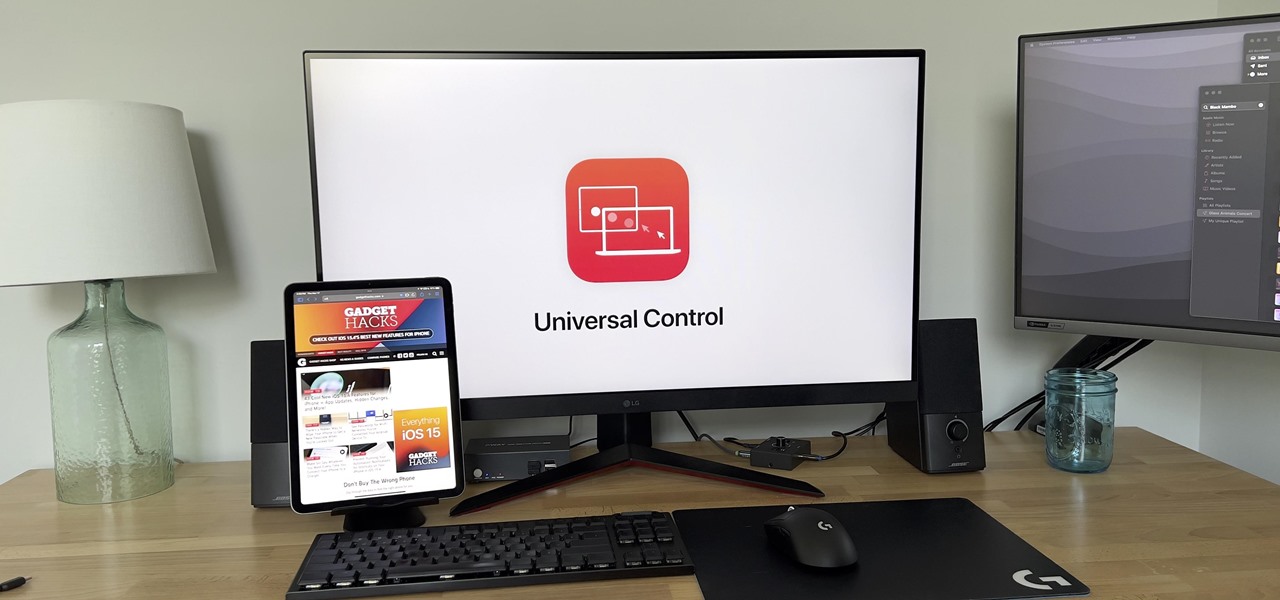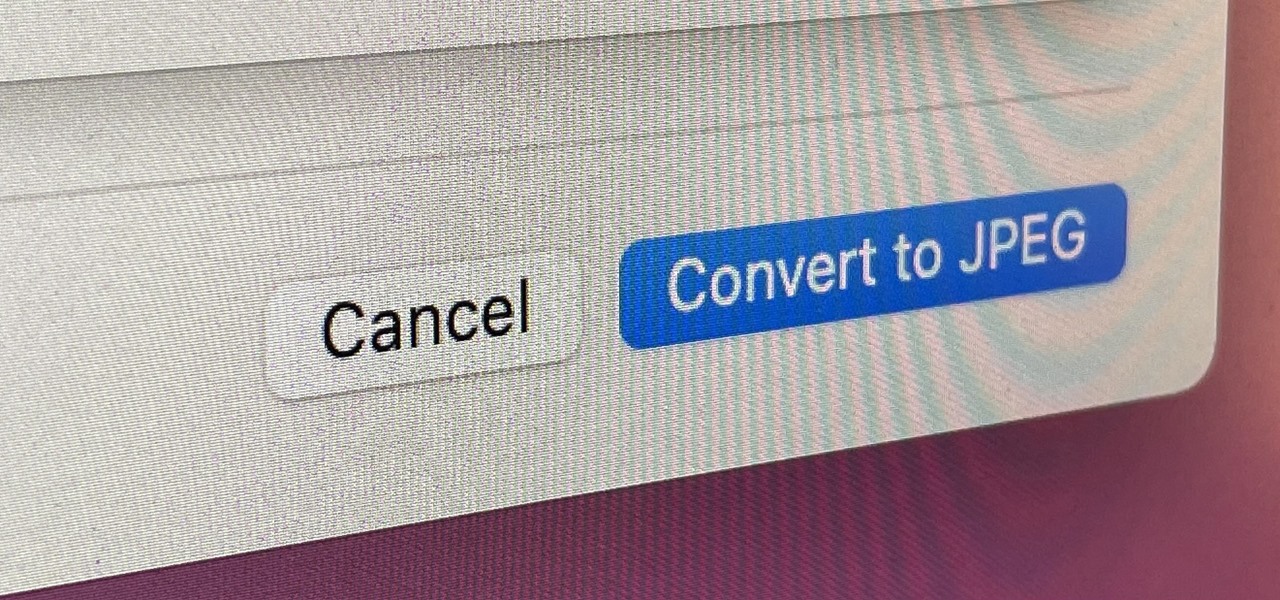How to Extract Images From a Video on Windows 11
Windows 11
Summary
- To extract a frame as a still image, launch your video with VLC Media Player, get to the frame you want to capture, and choose Video > Take Snapshop from the menu bar.
- Another way is to play the video, launch Snipping Tool, and take a screenshot of the desired video frame.
- You can use the FFmpeg tool to bulk extract frames as still images from your videos.
Do you want to take a single or multiple frames out of a video as still images? If so, you have various free tools to do that on your Windows 11 PC. I’ll show you your options.
Select and Save a Video Frame as an Image Using VLC Media Player
The easiest way to extract a video frame as a still image on Windows 11 is by using the free and open-source VLC Media Player app. You launch the video with the app, choose the frame to extract, and that frame is saved as an image.
To do that, open the VLC Media Player site and download and install the app on your PC. Then, open File Explorer (press Windows+E), locate your video file, right-click the file, and choose Open With > VLC Media Player.
When the video begins playing, get to the frame you want to capture. For precise frame selection, press E on your keyboard, which lets you move forward in the video one frame at a time. Once you’re at the frame you want to capture, press Shift+S. Or, from VLC’s menu bar, choose Video > Take Snapshot.
VLC will take a snapshot of the chosen frame and save it in your Pictures folder. You’ll see the full path to the image on your screen. To get there, launch Run by pressing Windows+R, type the following in the box replacing “Username” with your username, and press Enter:
C:UsersUsernamePictures
If you find the extracted image blurry or of poor quality, tweak two options in VLC. First, in VLC, head into Tools > Preferences. Open the “Input/Codecs” tab, click the “Hardware-Accelerated Decoding” drop-down menu, and choose “Disable.” Second, access the “Video” tab, click the “Output” drop-down menu, and select “OpenGL Video Output.” Then, choose “Save” and take your snapshot.
Take a Screenshot of a Video Frame With Snipping Tool
Another way to save a video frame as an image is by taking the video’s screenshot. You can do this using Windows 11’s built-in Snipping Tool.
To start, play your video using your favorite media player. For example, to play the video with the built-in Media Player app, right-click the video and select Open With > Media Player. Make sure you’re playing the video’s highest-resolution version.
When the video starts playing, get to the frame you want to capture. Once you’re there, pause the video. Then, open Windows Search (press Windows+S), type Snipping Tool, and launch the app.
In Snipping Tool, click “New” and choose the video area you want to capture. The selected area will be saved as an image.
The captured screenshot is now available in Snipping Tool. To edit it, at the top, click “Edit in Paint.” To save the screenshot, choose “Save As” (the floppy disk icon) or press Ctrl+S.
If you choose to save the image, on the Save As window, choose the folder to save the file in. Click the “File Name” field and type a name for the image. Click the “Save as Type” drop-down menu and choose the desired image format. Select the PNG format for good quality. Then, click “Save.”

Related
8 Snipping Tool Features You Need to Know
Snip and record like a pro!
Use FFmpeg to Extract Multiple Video Frames as Still Photos
FFmpeg is a free and open-source tool that allows you to batch process your media files. You can use this tool with Command Prompt to extract multiple frames as still images from your videos.
To do that, launch the FFmpeg site and download the tool archive. Extract the archive, copy all the extracted folders, and paste them in the C drive’s root folder. Then, edit the environment variables so that the ffmpeg command works from any folder in Command Prompt. If you don’t do this, Command Prompt will retrieve an “ffmpeg is not recognized as an internal or external command, operable program or batch file.”
Launch Windows Search (press Windows+S), type Command Prompt, and select “Run as Administrator.” Choose “Yes” in the User Account Control prompt. On the CMD window, type the following command replacing PATH with the full path to the folder containing your video. Then, press Enter.
cd “PATH”
To extract each frame as a still image from the video, type the following command replacing video.mp4 with the name and the extension of your video file. Then, press Enter.
ffmpeg -i video.mp4 frame_%04d.png
To extract a frame every one second, use the following command replacing video.mp4 with your video file name.
ffmpeg -i video.mp4 -vf fps=1 frame_%04d.png
To extract a frame at the specified time in the video, run the following command. Make sure to replace the time in the command with your chosen time.
ffmpeg -i video.mp4 -ss 00:00:05 -vframes 1 output.png
FFmpeg will save the extracted image in the same folder as the video file.
Export Frames as Images in Full Resolution With Shotcut
Shotcut is a free and open-source video editing tool that lets you edit your videos in many ways. You can use this app to extract still images at their full resolution from your videos.

Related
These 5 Free Video Editors Are Great for Beginners
These free picks are perfect for people who are getting started in video editing.
To do that, launch the Shotcut site and download and install the app on your PC. Launch the app, select “Open File,” and choose your video.
When the video opens, start playing it and get to the frame you want to capture. To make a precise frame selection, use the arrow keys on your keyboard.
Once you find the frame to capture, from Shotcut’s menu bar, choose File > Export > Frame. Or, press Ctrl+Shift+E.
On the Export Frame window, choose the folder in which you want to save the image. Select the “File Name” field and type a name for the file. Click the “Save as Type” drop-down menu and choose an image format. Then, select “Save.”
And that’s how you can extract specific scenes from a video using free apps on your Windows 11 PC. Similarly, you can extract photos from PDF files as well.


























